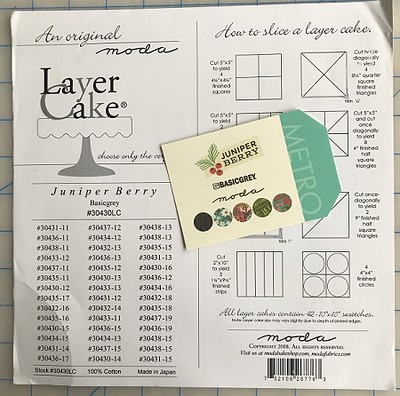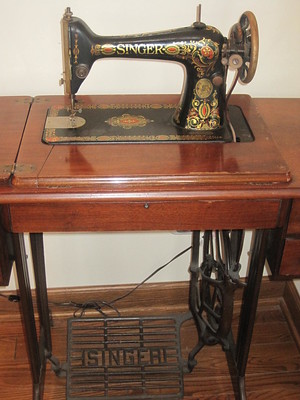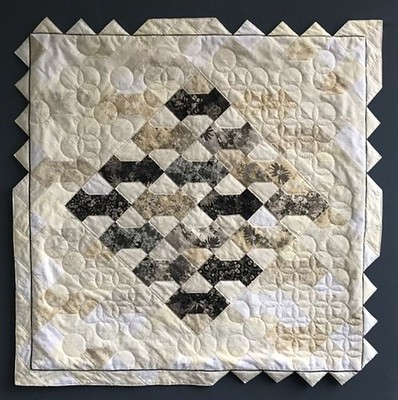The Frame / Diamond quilt
For a year and a half, I've been working on a classic british quilt for my daughter and her boyfriend, who is British. The top i finished now and the quilt only needs to be quilted.
I got inspired to my quilt from frame or diamond quilts made in the 18th centry, especially the Sidmouth Quilt made by Joanna Southcott.
(.... More frame quilts on Pinterest)
This type is called most often called a diamond quilt and described like this by SewGuide: "This quilt type has a large central block/area / motif which will be defined/framed by clever stitching of a border or some other way. The central motif is usually appliqued but it could also be a dominant textile pattern or piece. The rest of the quilt top is planned to enhance the effect of the center motif."
I actually prefer to call it a frame quilt when all frames are horisontal/vertical and reserve the diamond quilt name for quilts where the frames are turned 90 degrees one ore more times.
The quilt mesures 260 cm x 220 cm [102" x 87") and there was many decisions to be made along the way. Which center to choose? How to make it rectangular. And not least of all: how to make the side strips meet in the corners!! A couple of times it took a little cheating, that I hope is not to be seen unless you look specifically for it.





.jpg)








